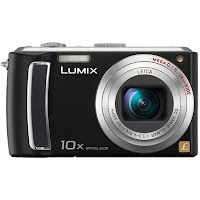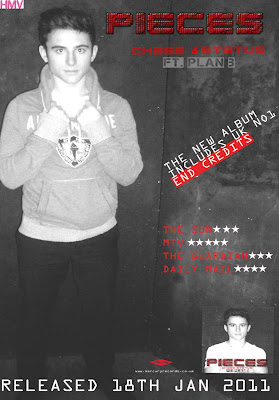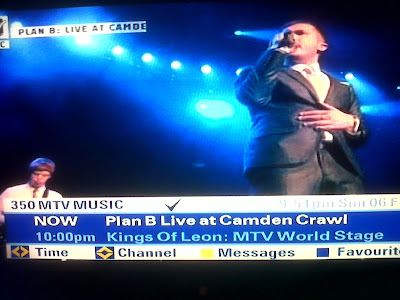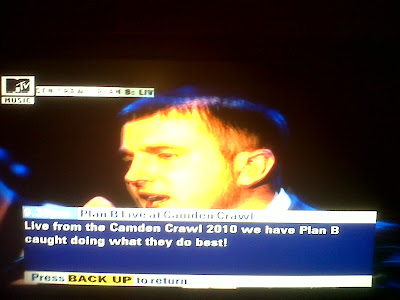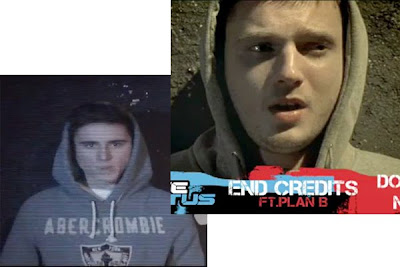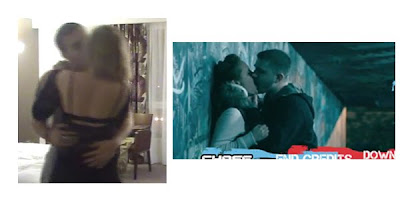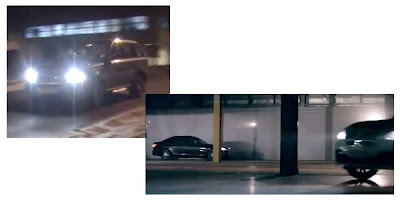Technology has played a vital part in our A2 media coursework project, with the internet playing probably the biggest role. However, we have used a wide variety of technology throughout the year.
The internet has helped us hugely with our research for all three tasks. Examples of magazines, digi-paks and music videos are easily accessable on the internet. This enabled us to create a proffessional brand for our artist. the internet has also enabled us to research parts of our tasks such as our target audience. Tghe internet allowed us to look in depth at our speciofic target audience which has allowed us to go into detail which we otherwise would not be able to access.

The first software we used was blogger. Blogger was easy to get used to due to the fact that we had used it in our AS coursework. As as whole, blogger is an easy and fast method of displaying your work. However, blogger does come with its own problems. At the start of the year i had to create several blogs due to the fact that blogger was using the wrong default java settings for the computer that i was on. After making a few blogs, i simply wanted to just go back to the old fashion way and use paper and a folder to display my work but i battled on and finally got a blog to work. I was then able to post all my work from the year on the blog.
 When creating the music video we used two main pieces of technology to help us complete it proffessionally. Firstly we used a high quality Sony Handycam to capture all of our footage. We made sure that the footage was of a high enough quality to start with to make sure that the filming would not become distorted when we added effects later on in the process. After capturing all the footage we needed, we then uploaded the filming onto a computer. This then enabled us to use our second piece of technology to edit the footage. The program Final Cut Express allowed us to edit all the footage that we had captured so that the visuals related to the music from the song.Although i had not used the program before, i managed to pick it up quickly. The program was easy to use and allowed me to edit the footage accurately. This easy usability enabled me to relate the visuals to the audio but more importantly allowed me to lip sync the footage precisely.
When creating the music video we used two main pieces of technology to help us complete it proffessionally. Firstly we used a high quality Sony Handycam to capture all of our footage. We made sure that the footage was of a high enough quality to start with to make sure that the filming would not become distorted when we added effects later on in the process. After capturing all the footage we needed, we then uploaded the filming onto a computer. This then enabled us to use our second piece of technology to edit the footage. The program Final Cut Express allowed us to edit all the footage that we had captured so that the visuals related to the music from the song.Although i had not used the program before, i managed to pick it up quickly. The program was easy to use and allowed me to edit the footage accurately. This easy usability enabled me to relate the visuals to the audio but more importantly allowed me to lip sync the footage precisely.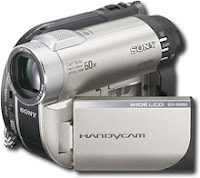

When creating the ancillary tasks we used two main pieces of technology again. Firstly we used a Panasonic Lumix camera to capture the photos we needed for the magazine front cover and the digi-pak. We had to make sure that these photos were of a high enough quality to look proffessional. However, we then had to use the second piece of technology to polish the photos up. The girls used a program called photoshop to then manipulate the photos we had already taken. This program helped us to finalise the photos so that we could then add the extra effects to make the magazine and digi-pak.
